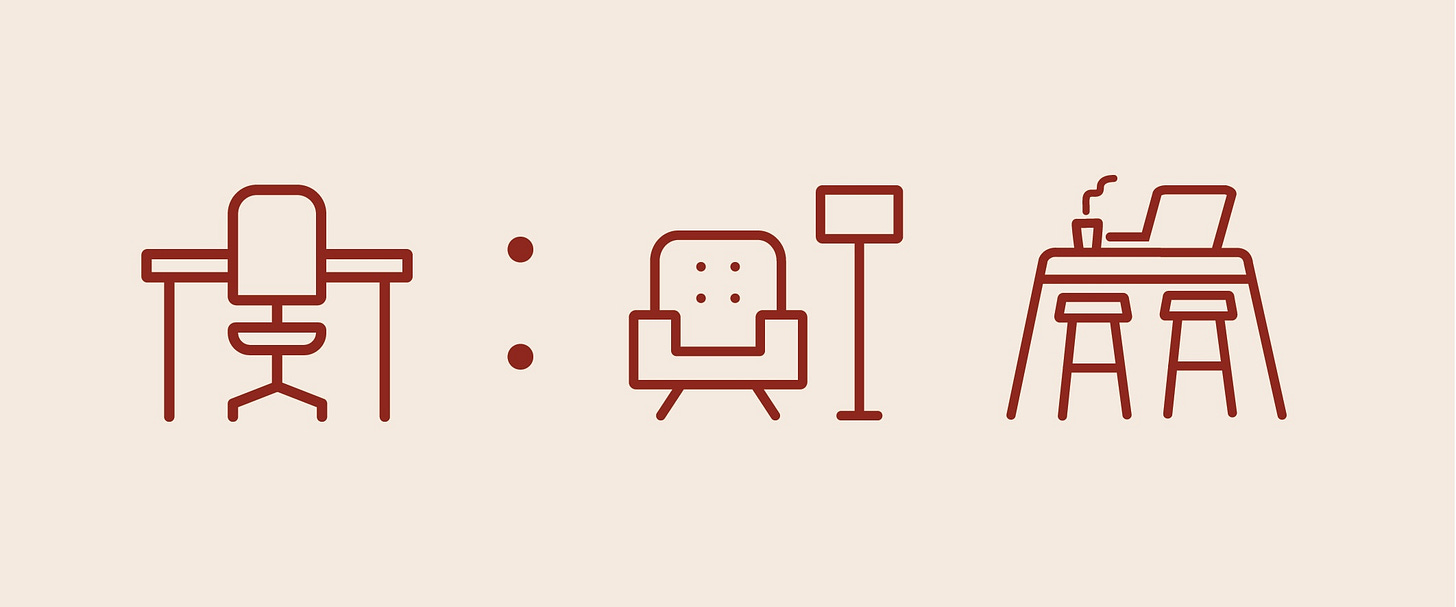The desk is dead.
At least as a CRE metric and as a proxy for people.
The Desk as the Atomic Measure of Work
The desk is dead. At least as a key CRE metric, and as a proxy for people.
I have been undertaking some research into CRE design in an era of liberated work alongside Domino Risch of Placeology, and it became apparent that most CRE metrics still hang onto the desk as the atomic measurement of a workspace. This no …
Keep reading with a 7-day free trial
Subscribe to Brave Ideas to keep reading this post and get 7 days of free access to the full post archives.



